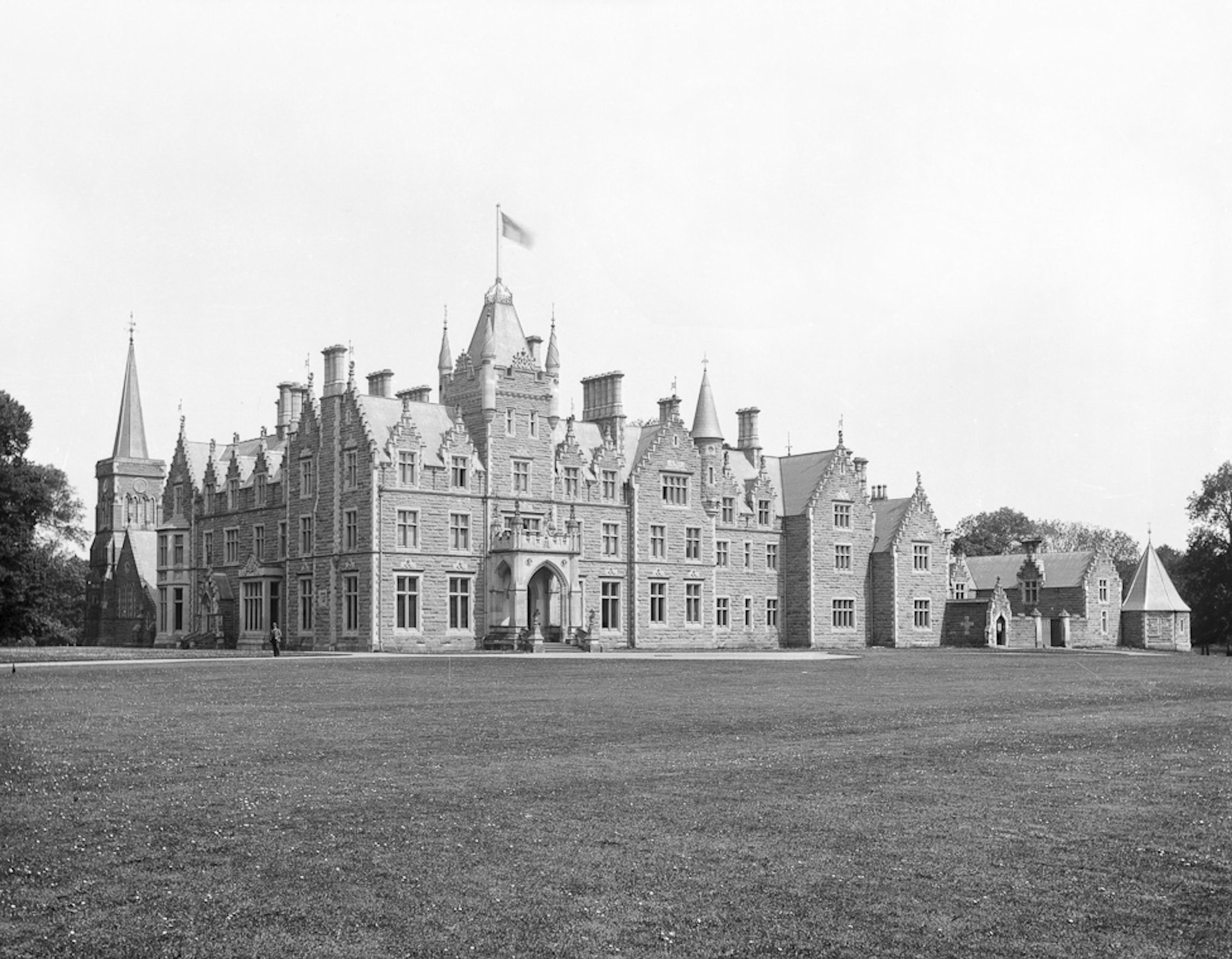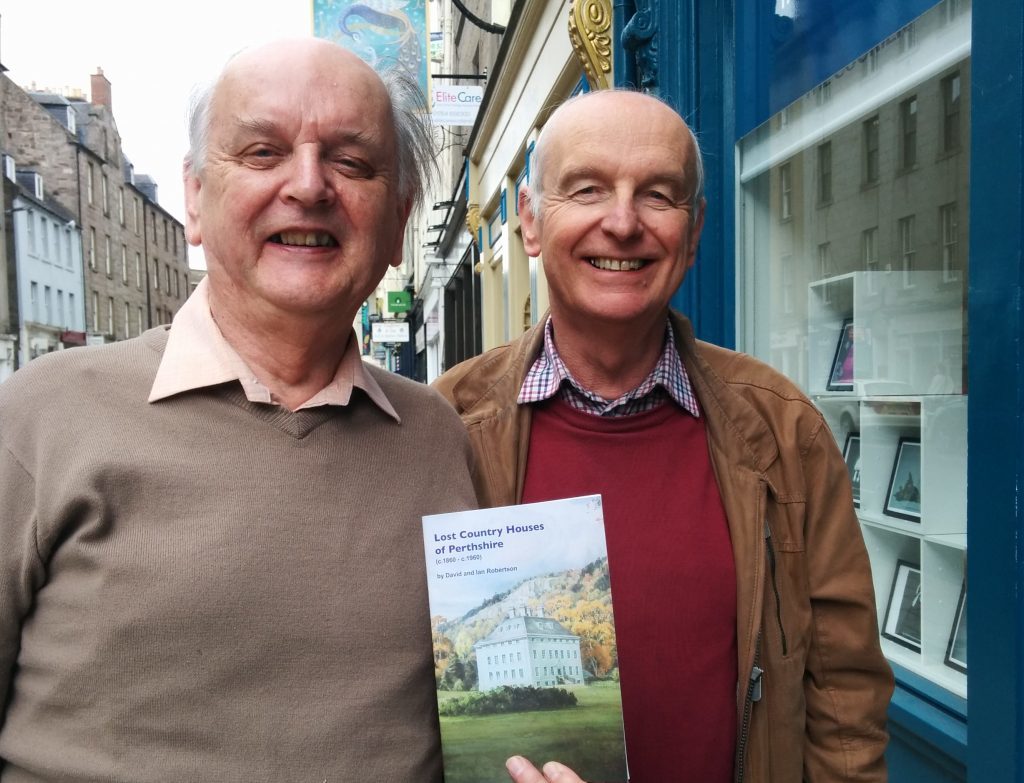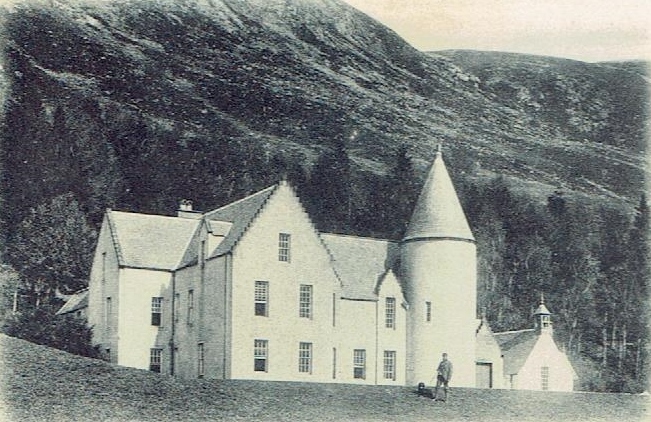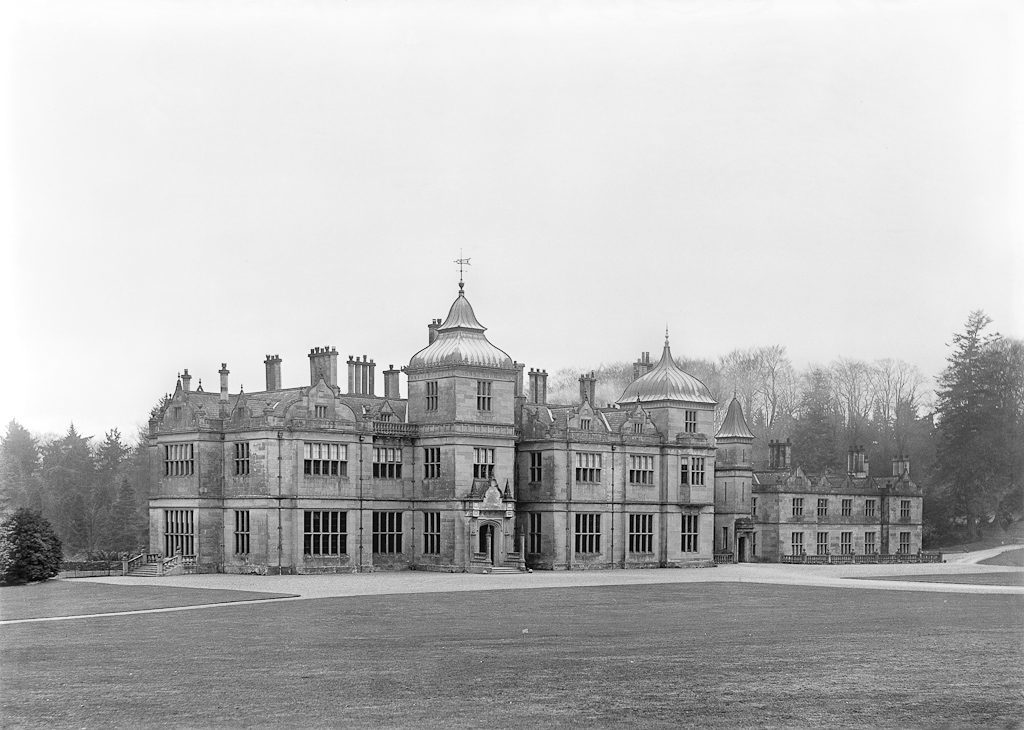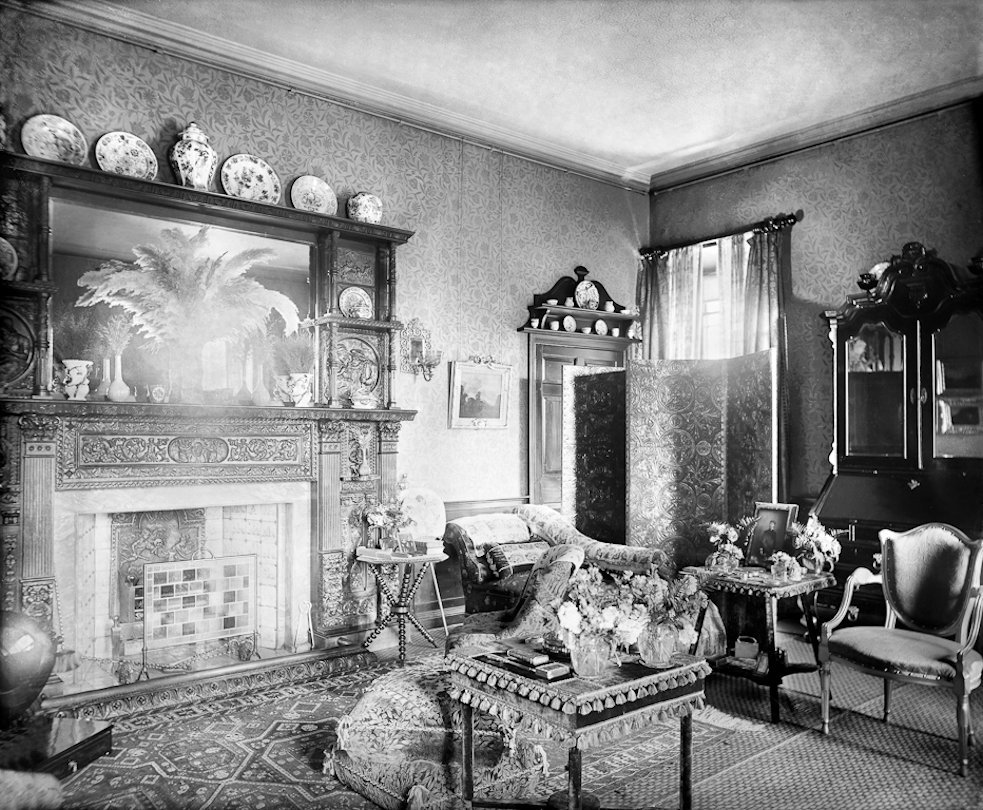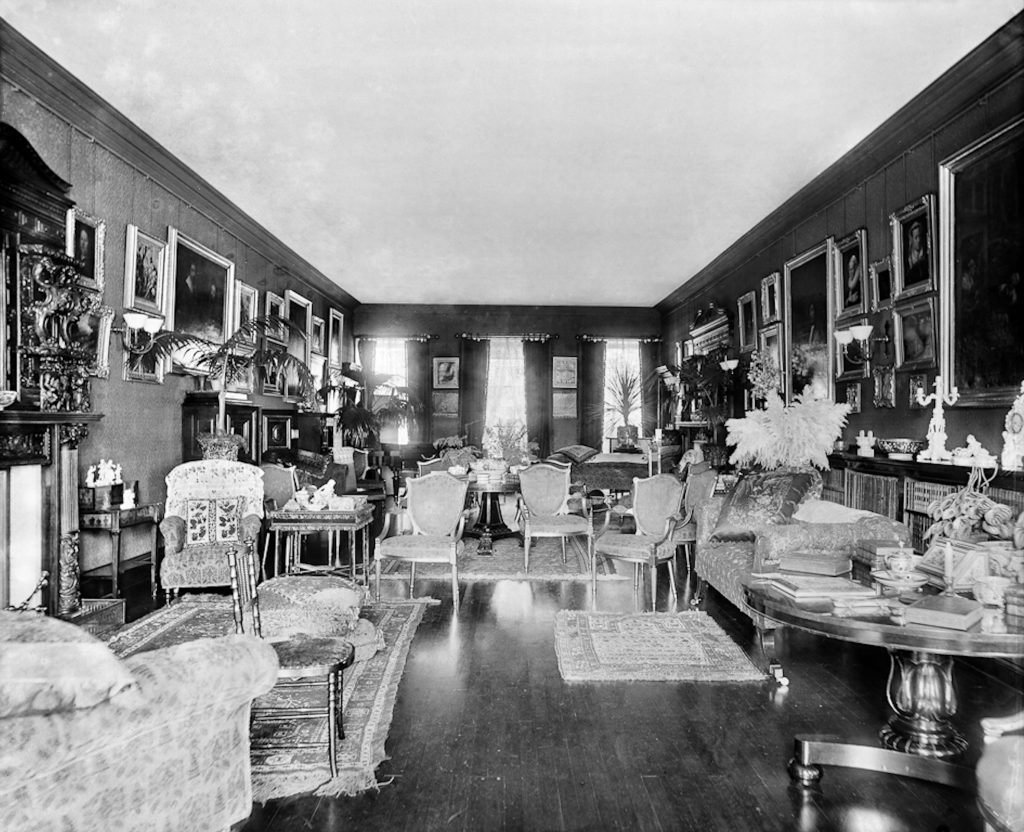A lost world of high living enjoyed by rich industrialists and the landed gentry is vividly brought back to life in a new book.
The story of the widespread demise of many of the county’s most magnificent homes is told by brothers David and Ian Robertson of Strathtay in Lost Country Houses of Perthshire.
“Perthshire is not alone in having lost many of its fine country houses over the past century and more, but this little book begins to show just how much has disappeared,” said David.
“Changing economic circumstances through the 20th century meant many families could no longer afford to maintain the large mansions which their Victorian ancestors had built or enlarged.
“Wartime use by military and other public authorities left many country houses in poor repair and needing substantial and costly restoration.
“As a result, particularly in the years following the Second World War, many estate owners simply chose to abandon or demolish these mansions and move into smaller and more manageable houses.”
Ian said that they had identified more than 50 country houses as having been lost across the length and breadth of the old county of Perthshire, a considerably larger number than has previously been noted.
“Some have been replaced by new and smaller houses, but many have disappeared for good,” he said.
The illustrated book looks at 26 houses lost between about 1860 and the end of the 1950s. Several were lost to fire, still the greatest scourge of old country houses.
Many ended their days being demolished by the Dundee firm, Charles Brand Limited of Commercial Street, who prided themselves pulling down – or blowing up – scores of country houses.
Other properties were simply abandoned to become ruinous, only being cleared away many years later.
The story of each house is briefly told in the book, telling of the families who lived in them and those who visited them. Many of these Perthshire homes were let out annually for their shooting and fishing rights. Dalpowie House on the Murthly estate, south of Birnam, was rented for ten years by the artist Sir John Millais.
Among houses described are Dunira near Comrie, burnt down in 1947; New Murthly Castle, blown up in 1949; Foss House, lost when the level of Loch Tummel was raised in 1950; and, Cardean House near Meigle, demolished in 1953
Lost Country Houses of Perthshire is published by the Friends of Perth and Kinross Council Archive.
Exhibition remembers treasures
The demise and destruction of many great country houses is also coincidentally the subject of an exhibition which has just opened in Perth Museum and Art Gallery.
Since 1945, Scotland has lost more than 200 of its great country houses and the Lost Houses of Perthshire exhibition explores the area’s greatest architectural losses through photographs, drawings and surviving artefacts to tell the stories of the grand houses, their architectural importance and the circumstances of their destruction.
Perthshire experienced a wealth of new country house-building during the 19th century as competing landowners attempted to outdo each other for architectural grandeur. Due to fire, dereliction, demolition and even artillery practise, Perthshire has lost scores of country houses since the Victorian Period.
Lost Houses of Perthshire explores forgotten palaces and manors from magnificent Murthly, blown up in front of an eager crowd in 1949, to the large house of Duncrub at Dunning, demolished after the resident lord decided it was too expensive to heat.
A particular highlight of the exhibition is the impressive Moncrieffe fireplace, which was taken from Moncrieffe House, Bridge of Earn, before it burnt down in 1957.
The fireplace remains intact and gives visitors a glimpse of the grandeur of the lost house.
Described as possibly the most tragic loss in Perthshire’s architectural history, Moncrieffe House was designed by gentleman-architect, William Bruce, who is celebrated for his work at Holyrood House and Hopetoun as well as for his own magnificent dwelling, Kinross House, and was completed in 1679 for Sir Thomas Moncreiffe.
A burnt vase, which was the only thing to survive the fire, was donated to the exhibition by one of the late owner’s descendants.
Another display features artefacts from Duncrub near Dunning, an enormous Gothic Revival house built in 1837 for John Rogerson Rollo, 10th Baron Rollo, by the firm Habershon and Pite.
It was demolished in 1950 due to, in part, its magnificent scale making it expensive to manage and difficult to heat, with there being more windows in the house than days in the year.
The house’s cavernous dining room was said to have been cleared and flooded in winter to create an indoor ice-skating rink.
Lost Houses of Perthshire runs until Friday July 2 at Perth Museum and Art Gallery and admission is free.
